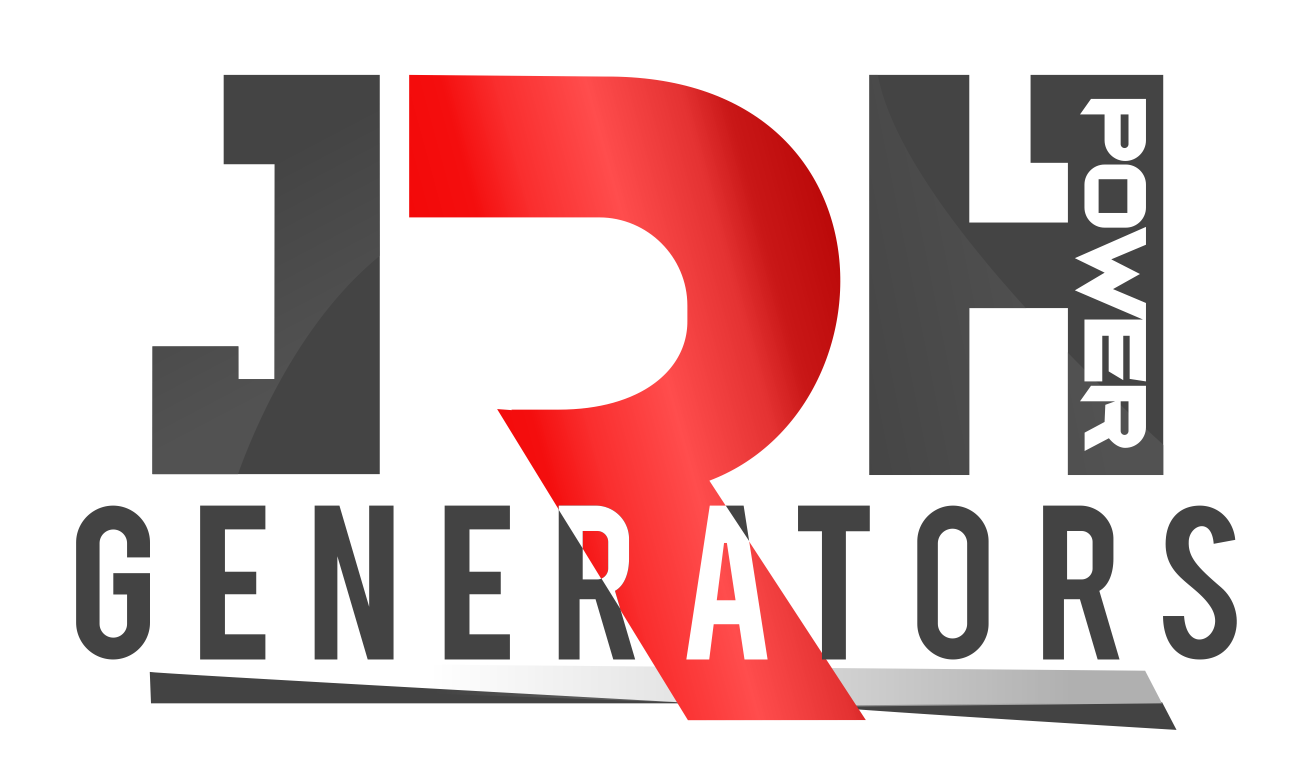En un mundo donde la sostenibilidad ya no es solo una opción, sino una necesidad urgente, las energías renovables se erigen como la clave para liberar al planeta de su dependencia de los combustibles fósiles. Estas fuentes de energía no solo están revolucionando la manera en que generamos electricidad, sino que también están transformando economías y brindando esperanza a comunidades en todos los rincones del mundo.
En este artículo, te sumergirás en cinco ejemplos de energía renovable, descubriendo cómo funcionan y por qué son esenciales para construir un futuro más limpio, seguro y accesible para todos.
¿Qué es la Energía Renovable?
La energía renovable se refiere a las fuentes de energía que se regeneran de manera natural y son inagotables en el tiempo. A diferencia de los combustibles fósiles, que se agotan con su uso, las energías renovables provienen de recursos naturales como el sol, el viento, el agua, la biomasa y el calor de la tierra. Estos recursos no solo son sostenibles, sino que también juegan un papel crucial en la reducción de las emisiones de gases de efecto invernadero.
Existen diversos tipos de energía renovable, y cada uno ofrece diferentes ventajas y aplicaciones según las necesidades específicas. Algunos ejemplos de energía renovable incluyen la energía solar, la eólica, la hidroeléctrica, la biomasa y la geotérmica. Estas fuentes de energía no solo son esenciales para combatir el cambio climático, sino que también son cada vez más accesibles y económicas.
A continuación, exploraremos en detalle cada uno de estos tipos de energía renovable, analizando cómo funcionan y por qué son fundamentales para un futuro sostenible.
1. Energía Solar
La energía solar es uno de los principales ejemplos de energía renovable, ya que utiliza la radiación solar inagotable para generar electricidad. Esta capacidad de conversión convierte a los paneles solares en una opción altamente versátil, aplicable tanto en pequeños dispositivos como calculadoras solares, como en grandes proyectos capaces de abastecer ciudades enteras.
Lo que realmente distingue a la energía solar es su adaptabilidad a diversos entornos. En lugares como Puerto Rico, donde la luz solar abunda durante todo el año, la instalación de paneles solares no solo es práctica, sino también una solución altamente eficaz para disminuir la dependencia de fuentes de energía no renovables. Además, su bajo mantenimiento los convierte en una opción atractiva para hogares y empresas por igual, consolidándose como una alternativa sostenible y duradera.
2. Energía Eólica
La energía eólica es otro de los ejemplos de energía renovable. Este tipo de energía utiliza la fuerza del viento para generar electricidad, generalmente a través de aerogeneradores. Las turbinas eólicas capturan la energía cinética del viento, haciendo girar sus palas, lo que a su vez acciona un generador que produce electricidad.
La energía eólica es particularmente eficiente en regiones con vientos constantes, como zonas costeras y llanuras abiertas. En Puerto Rico, la implementación de parques eólicos podría complementar otras formas de energías renovables y fortalecer la resiliencia energética de la isla.
3. Energía Hidroeléctrica
La energía hidroeléctrica es uno de los métodos más antiguos y consolidados para la generación de energía renovable. Este sistema aprovecha la energía del agua en movimiento, generalmente en ríos represados, para generar electricidad. Cuando el agua fluye a través de las turbinas en una presa, su energía cinética se convierte en energía eléctrica.
Las plantas hidroeléctricas son conocidas por su eficiencia y capacidad para generar grandes cantidades de energía de manera constante. Sin embargo, la construcción de estas instalaciones puede ser costosa y tener un impacto ambiental considerable. A pesar de estos desafíos, los avances tecnológicos están permitiendo desarrollar soluciones hidroeléctricas más sostenibles y menos invasivas, lo que las convierte en una opción importante dentro del mix energético global.
4. Biomasa
La energía de biomasa es una forma innovadora y eficiente de aprovechar residuos orgánicos para la generación de energía. Este tipo de energía se produce a partir de la combustión o descomposición de materiales orgánicos, como residuos agrícolas, forestales y desechos domésticos. Estos materiales se transforman en energía utilizable mediante procesos como la combustión o la fermentación.
Una de las principales ventajas de la biomasa es su capacidad para reducir la cantidad de residuos, lo que ofrece una doble función: gestión de desechos y producción de energía. Además, la biomasa se puede producir localmente, lo que fomenta la autosuficiencia energética y disminuye la dependencia de fuentes externas, contribuyendo al desarrollo sostenible de las comunidades.
5. Energía Geotérmica
Para concluir con estos ejemplos de energía renovable, es importante mencionar la energía geotérmica, una fuente que aprovecha el calor almacenado en el interior de la Tierra para generar electricidad. Las plantas geotérmicas perforan la corteza terrestre para acceder a reservorios subterráneos de agua caliente y vapor, que se utilizan para mover turbinas y producir electricidad, de manera similar al funcionamiento de una planta de energía convencional.
La energía geotérmica es particularmente valiosa en regiones con alta actividad volcánica o tectónica, donde el calor terrestre está más accesible. Aunque la instalación inicial de plantas geotérmicas puede ser costosa, este tipo de energía ofrece una fuente constante y fiable que no depende de las condiciones climáticas, convirtiéndola en una solución energética sostenible y duradera.
¿En qué momento nos encontramos?
Estamos en un momento crucial para la historia energética mundial. La adopción de energías renovables no solo es esencial para el medio ambiente, sino que también representa una oportunidad para transformar nuestras economías y asegurar un futuro más limpio.
Con los avances tecnológicos y políticas adecuadas, las energías renovables, como la solar, se posicionan como motores del cambio. Si estás interesado en descubrir estrategias prácticas para ahorrar energía en tu hogar o empresa, visita nuestra guía completa aquí.
Descubre Cómo Integrar Energía Renovable en Tu Proyecto
Ahora que ya hemos explorados diferentes ejemplos de energía renovable es momento de hacerse una nueva pregunta ¿Estás listo para dar el siguiente paso hacia un futuro sostenible? En JRH Power Generator, ofrecemos soluciones energéticas que te permiten aprovechar las ventajas de la energía renovable. Ya sea para un proyecto residencial, comercial o industrial, nuestros expertos están aquí para guiarte en cada paso del proceso.




